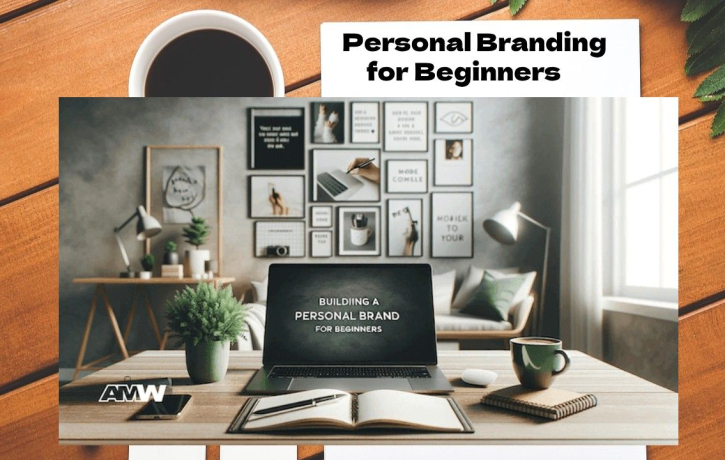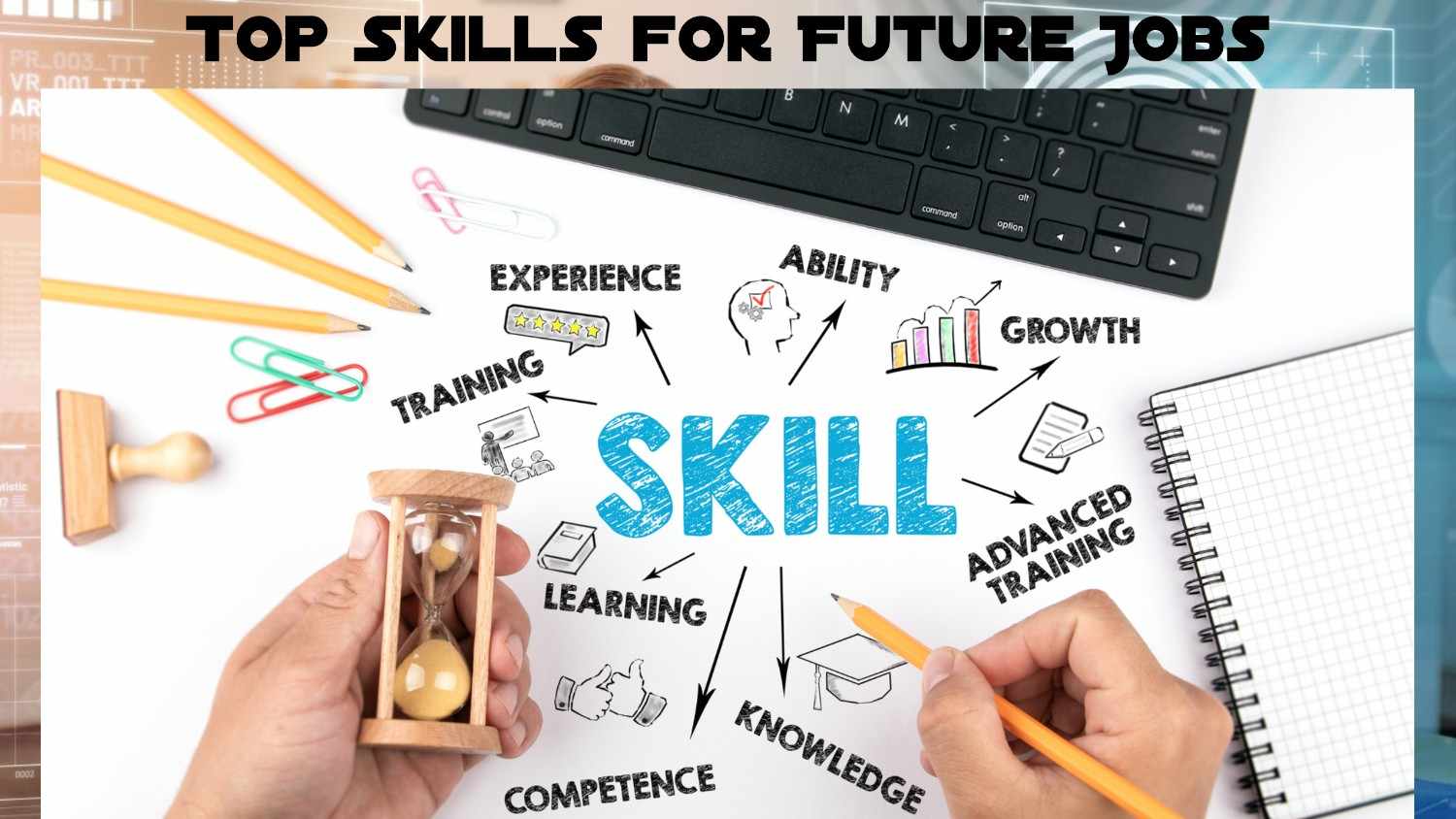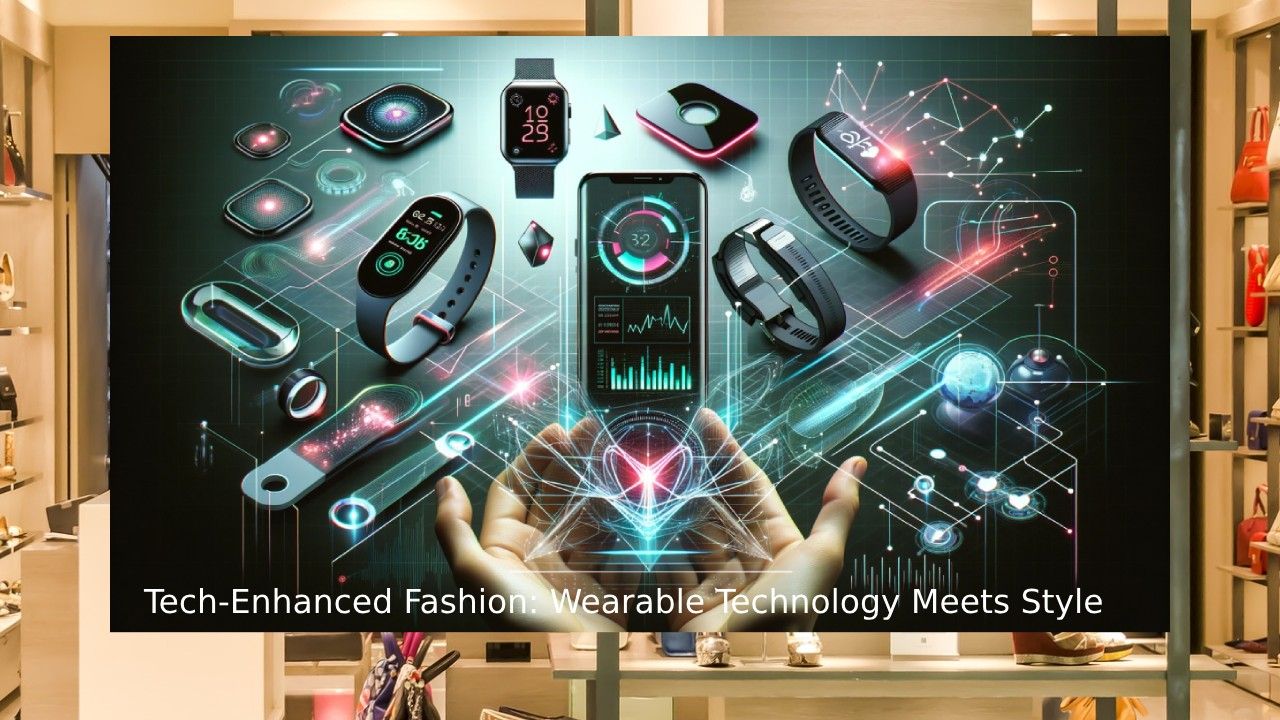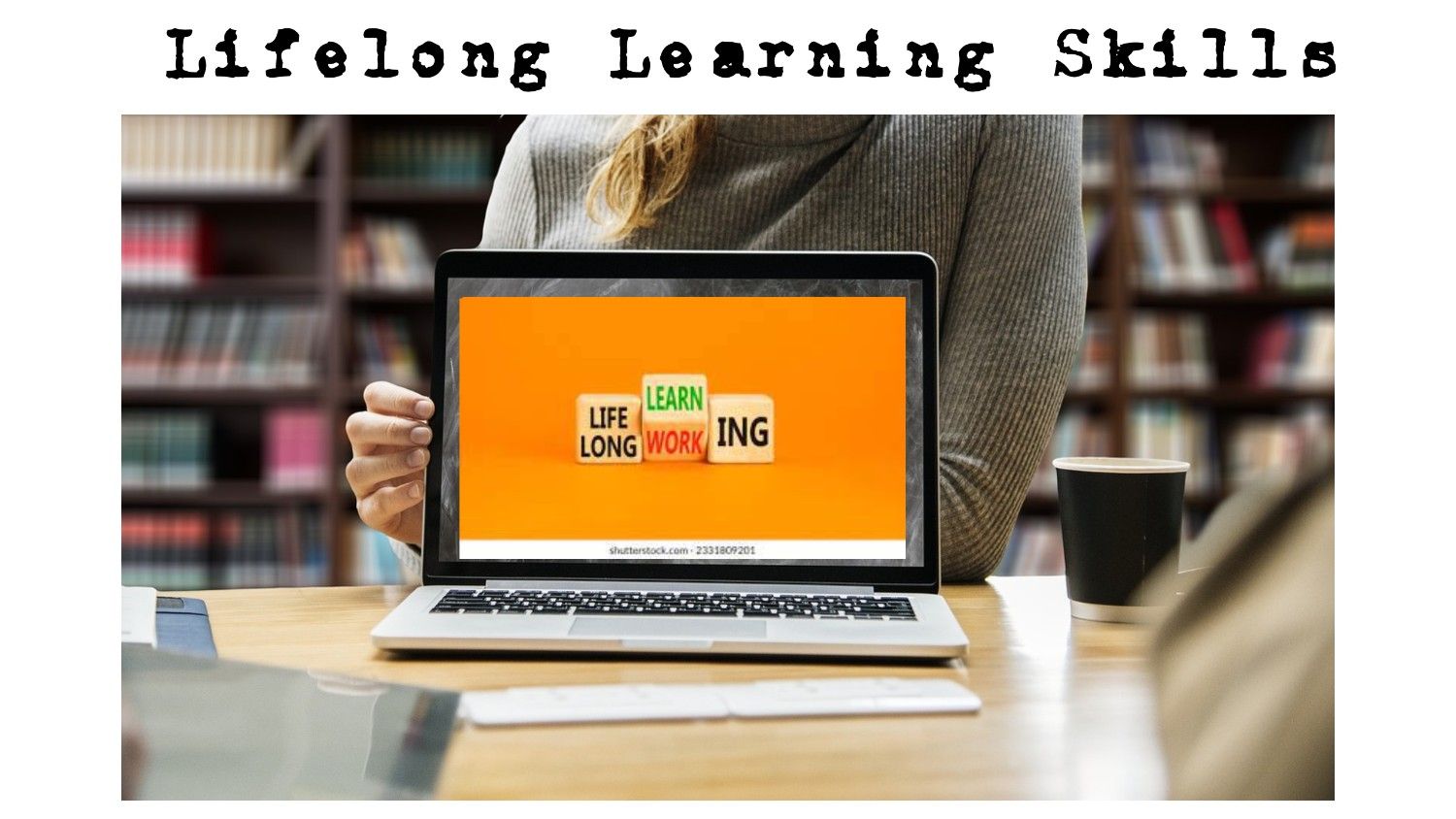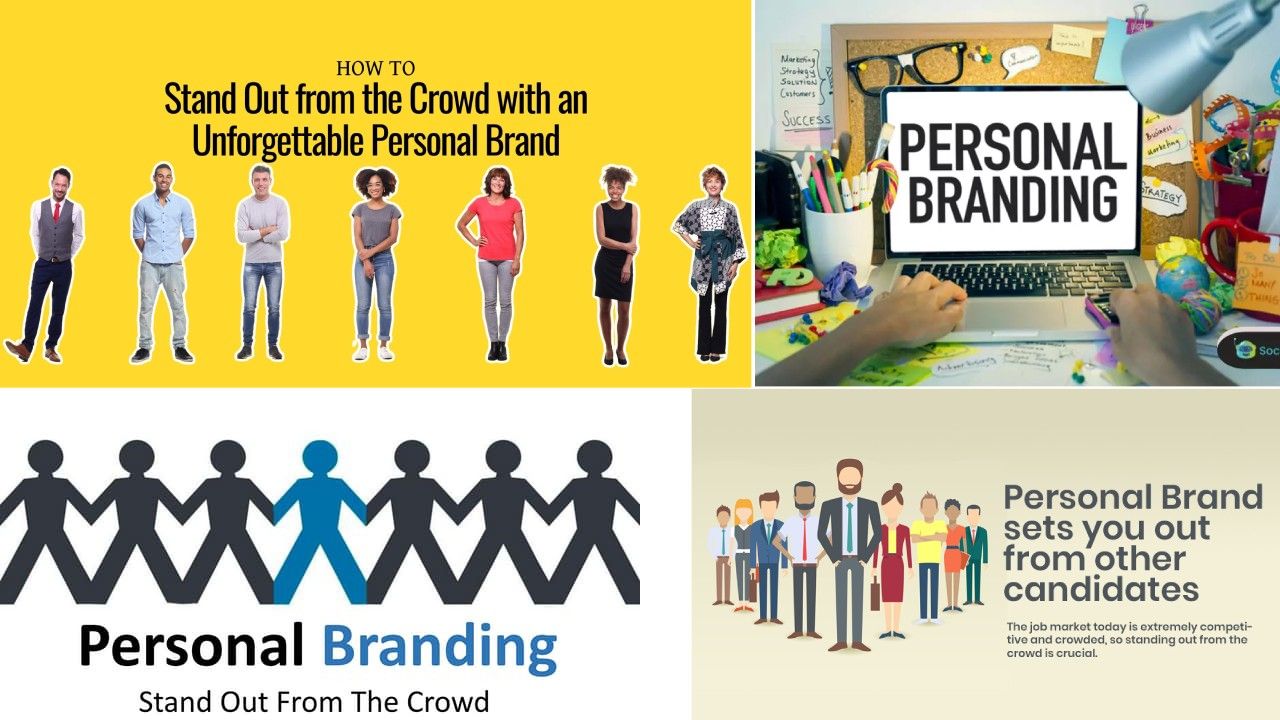
Learning personal branding for beginners is important because with the rapid evolution in technologies, shifting global trends, and new workplace dynamics, looking forward to 2025 will fashion the job market. In this fast-changing environment, mastering the right set of skills will be critical to success in one’s career. So, whether you are looking to advance within your current field or pivot into a new one altogether, developing a combination of technical, soft, and leadership skills will not only keep you ahead in the game but deliver long-term success.
Introduction
In this article, we will explore the personal branding for beginners, covering everything from advanced technology proficiencies to emotional intelligence and creativity.
Personal branding is no longer limited only to Hollywood stars or business magnates. In today’s competitive world, everyone can use personal branding to distinguish themselves in a career, business, or even on social networks. But where does one start? This guide will steer you through the basics of personal branding, which is specifically designed especially for beginners.
What Is Personal Branding?
Personal branding is the process of creating an identity for self-portrayal, emphasizing your skills, values, and personality. Think of it as how you market yourself to the world, both online and offline. It’s your reputation, but more intentional and strategic.
Why Is Personal Branding Important?
Whether you’re a professional, an entrepreneur, or a creative artist, personal branding helps you:
Establish Credibility: Demonstrate your expertise and establish trust with your audience or potential employers.
Create Opportunities: A strong brand can open doors for job offers, collaborations, or clients.
Differentiate Yourself: Stand out in a very competitive marketplace by emphasizing what you’re different at.
How to Begin Building Your Personal Brand
1. Define Your Goals and Audience
Before you start, ask yourself: What am I trying to achieve with my personal brand? (e.g., career growth, business expansion, social media influence)
Who is my ideal audience? (e.g., potential employers, industry peers, customers)
Defining these two elements will help define your branding strategy.
2. Develop Your Unique Value Proposition (UVP)
This is what defines you. To identify it:
Reflect on your strengths, skills, and passions
Consider the problems you can solve for other people.
Inquire with coworkers or friends about your strengths that you may not recognize.
If you are a graphic designer, your UVP might be: “Conducting work in promoting excellent eye-catching visuals to foster engagement for startup firms.”
3. Build an Online Presence
In today’s world, you cannot underestimate the importance of an online presence. Here’s where to begin:
a. Build a Professional Website or Portfolio
Use tools like WordPress, Wix, or Squarespace to show off your work, achievements, and bio.
Make sure your website is mobile-friendly and SEO-friendly.
b. Optimize Your Social Media Profiles
Use LinkedIn to network with professionals.
Use Instagram, Twitter, or YouTube, depending on your niche.
Use consistent usernames, profile images, and bios on all platforms.
4. Consistent Content Creation
Content is king when building personal branding. Deliver value and showcase your expertise through
Blog posts.
Social media updates
Videos or podcasts
Pro Tip: Focus on issues related to your industry or passion, and keep posting in order to be seen.
5. Connect and Interact
Connect with online communities and forums in your niche.
Attend events relating to your industry, webinars, meetups.
Interact with your audience by responding to comments, answering questions, sharing relevant insights with people.
Do’s and Don’ts of Personal Branding
Do:
Be Authentic: Authenticity works. Let people see your strength and weaknesses.
Stay Consistent: Maintain the same tone, style, and message across platforms
Invest in Self-Improvement: Keep developing your skills and current knowledge.
Avoids
Should Not Over-Share Achievements and Value Creation: Give equal attention to value sharing as well as showcasing of achievements
Don’t Try to Mimic Others: You will either dilute your brand or lose, and so try being uniquely yourself
Don’t Ignore Rectification: Constructive criticism helps you grow; embrace it.
Common Mistakes of Newbies
Lack of Strategy: Individual personal branding without clear goals creates inconsistency.
Negative Solution Neglecting SEO: Neglecting search engine optimization makes it challenging to find your content.
Overlooking Offline Branding: Personal branding is not only online; however, it matters even in your behavior, attire, and communication offline.
Tips to Boost Your Personal Brand
Working with Influencers: Partner with people in your industry to amplify your reach.
Monitoring Online Reputation: Google yourself on a regular basis and manage what people see.
Use analytics tools to track engagement and hone your strategy as you go.
Final Thoughts
Building a personal brand is a marathon, not a sprint. As a beginner, focus on small, consistent steps to create an authentic and memorable identity. Over time, your personal brand will open doors to new opportunities and help you achieve your goals.
Never forget you are your brand. Make it count!

